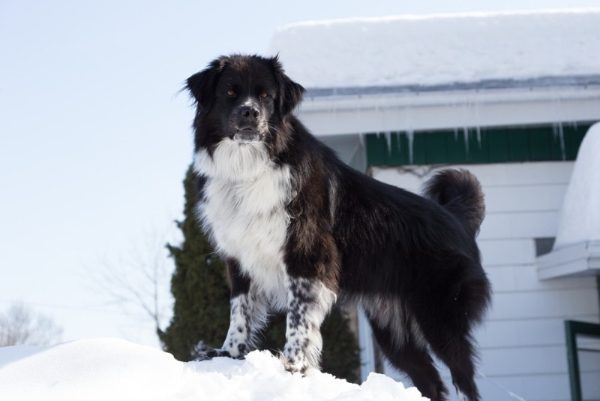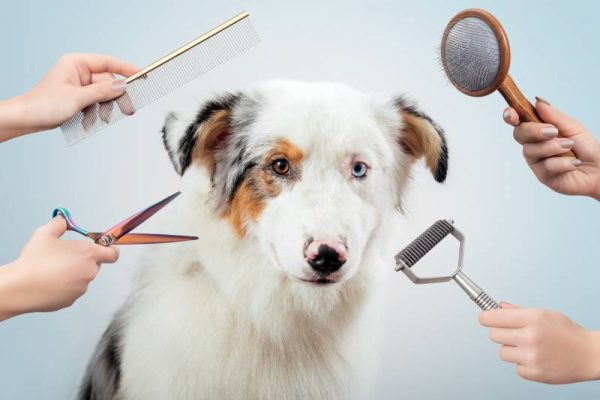You’ve probably wondered before how old your canine companion is in human years rather than dog years. You’ve probably also tried to figure it out using the “one year in a dog’s life equals seven human years” equation. But it turns out that the 7:1 ratio of figuring out the human age of a dog isn’t exactly correct. The theory of why this method came about is that people saw dogs living to be about 10 years old and decided that if humans lived to be about 70 years old, then that must mean a single year of a dog’s life was roughly seven human years.
We know a bit more about how dogs age these days, though, and it seems the 7:1 ratio is just a bit off. In fact, there are several things that factor into how old a dog would be in human years, including the size and breed of the pup. So, how do you figure out your pet’s age?
Take a dog who is 13 years old; how old is the dog age of 13 in human years? Well, a 13-year-old dog could be anywhere from 68 to 100 years old in human years! Here’s a closer look at how it all works.

A Guide to the Ages of Dogs According to Size
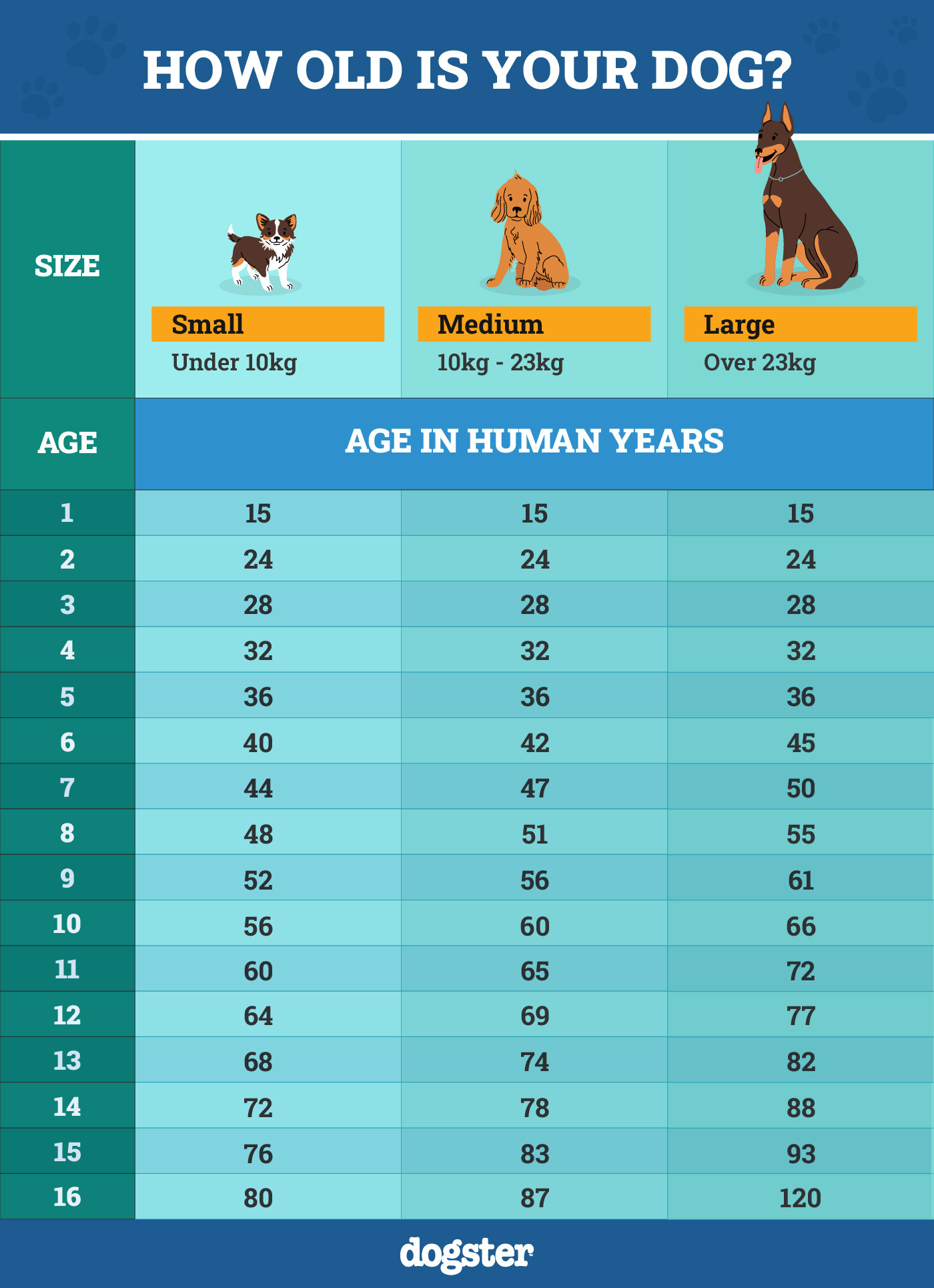
The first thing to know is how exactly age is calculated for canines now. The American Veterinary Medical Association has determined that the first year of life for dogs is roughly 12 to 15 human years, while the second year is about 9 to 10 human years. After that, each year of a dog’s life is approximately 4 to 5 human years. But the numbers vary according to a dog’s size.
Small Breeds
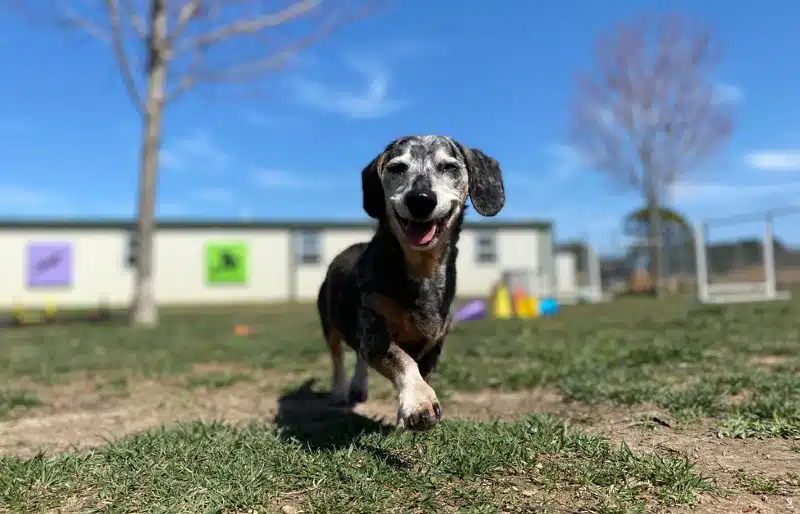
For whatever reason (and no one is quite sure why), smaller dogs live longer than larger ones. One theory is that larger dog breeds experience faster growth, which can lead to a higher likelihood of cancer, resulting in earlier deaths. Whatever the reason for this phenomenon, it means that for a small dog, the first year of their life will be around 15 human years. By the second year of life, they will be 24 in human years, and by the third, they will be 28 human years. So, a 13-year-old small breed dog will be about 68 years old in human years. Definitely a senior, but on the younger side!
Medium Breeds

Medium breed dogs are about the same as small breeds in that the first three years of their lives also end up being 15, 24, and 28 in human years. However, around the age of six, medium-sized dogs start aging just a bit more quickly than smaller pups. This means that by age thirteen, a medium-breed canine would be about 74 years old in human years.
Large Breeds
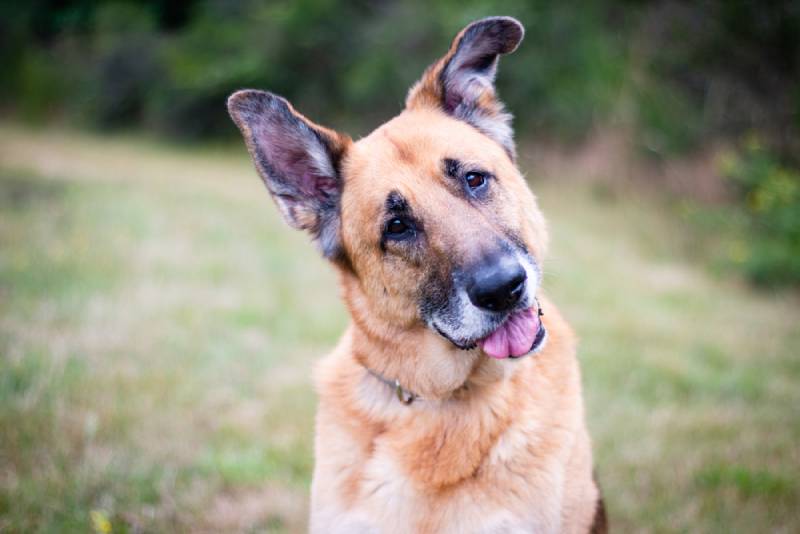
As we said before, larger breeds age faster than smaller canines. But like with medium-sized dogs, large breeds are the same in human years as small and medium breeds until the age of six. This is when larger breeds really begin to age more quickly, so by the time a pup is thirteen, they are about 82 in human years.
Giant Breeds
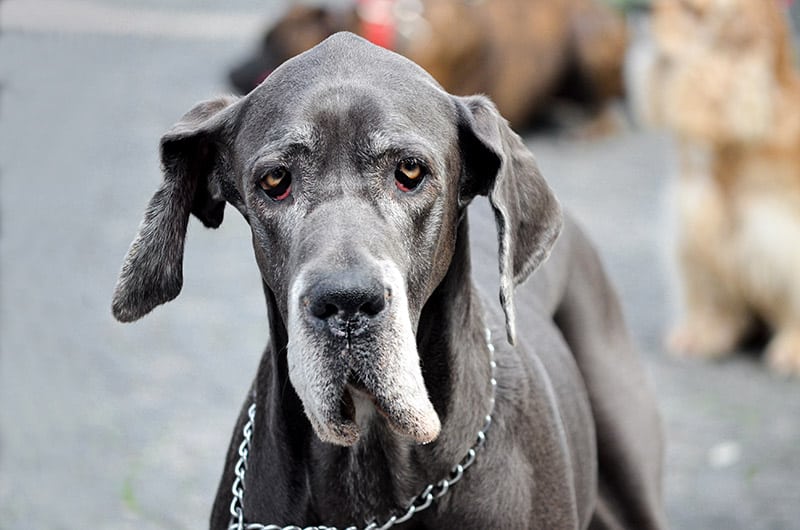
If a large breed dog grows and ages faster than smaller canines, then giant breeds are the fastest of them all. They start off a bit younger than their counterparts, though, with the first year of a giant breed dog’s life equaling about 12 human years. Their second year is equal to only about 22 in human years. However, they begin to age more quickly around three years old, which ends up being equivalent to about 31 in human years. So, by the time they are thirteen in dog years, they’re roughly 100 in human years!

How Can I Help My Dog Live a Longer Life?
There will always be a limit to how long your favorite canine will live, but there are ways you can help them live their longest, happiest, healthiest life. Here’s a look at what you can do to help your pup.
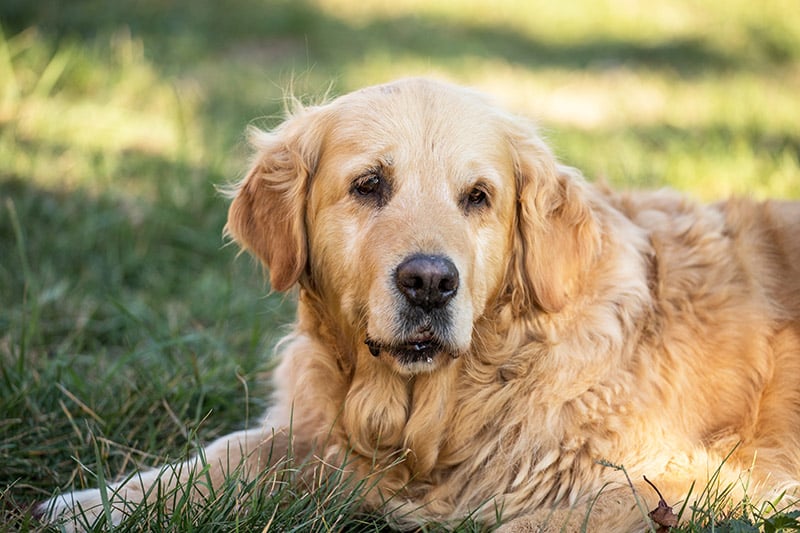
Diet
A healthy diet consisting of a quality dog food that meets all your pup’s nutritional needs will go far in keeping them healthy. You may want to look for breed-specific, size-specific, or lifestage-specific food to be sure your pet is getting all the proper nutrients. You should also ensure that you’re watching your dog’s weight; many breeds are prone to extra weight gain, which can cause health issues later on. Every dog is unique in their nutritional needs, so we recommend reaching out to a vet for advice.
If you need to speak with a vet but can't get to one, head over to PangoVet. It's our online service where you can talk to a vet online and get the personalized advice you need for your pet — all at an affordable price!

Healthcare
Keeping up with your pet’s healthcare is also essential. Ensuring your pup is getting routine vaccinations as needed will help keep them healthy while ensuring they are receiving medication that fights ticks and fleas will help prevent disease. And don’t skip out on regular vet visits; often, this is when a vet will catch something early enough to be able to remedy the issue!
Exercise
The adage “exercise does a body good” applies to dogs just as much as it does to humans! Your pup will need daily exercise (how much will vary, depending upon their size, age, and breed), so be sure you’re getting those walks in each day. Also, include plenty of playtime and other physical activities to keep your pup in good shape.

Environment
The environment a dog is living in is equally essential to keeping them healthy. Their environment should involve plenty of love and affection, as well as meet their physical needs (like having enough toys or a dog bed to sleep on). Canines should also be provided with mental stimulation to keep them from becoming bored and unhappy, so invest in some puzzle toys or games that keep them on their toes!
Spay/Neuter
You may think that having your dog spayed or neutered is merely to prevent unwanted puppies, but a study by the University of Georgia examining 40,139 death records over a 20-year period concluded that spayed or neutered dogs usually live longer than intact dogs. Sterilized dogs had an average lifespan of 9.4 years, while intact dogs lived for 7.9 years on average.

Conclusion
The belief that a single dog year equals seven human years is a long-held one, but how a dog ages is a bit more complicated. Dogs age at different rates depending on their size, so while a small breed dog may be only around 68 in human years by the time they reach the age of thirteen, a giant breed dog will be nearly 100 human years old at the same dog age! How dogs age is still being researched, so we’re liable to learn even more about the process and how it compares to human aging in the future.
In the meantime, you can help your pet live their longest, fullest life by ensuring they are eating well, exercising regularly, having routine vet check-ups, living in a happy environment, and discuss having them spayed or neutered with your vet.
See Also:
- How Old Is 12 In Dog Years? Vet-Approved Guide to Each Size of Dog
- How to Tell a Dog’s Age: Our Vet Explains 5 Ways
Featured Image Credit: Holly Michele, Shutterstock



